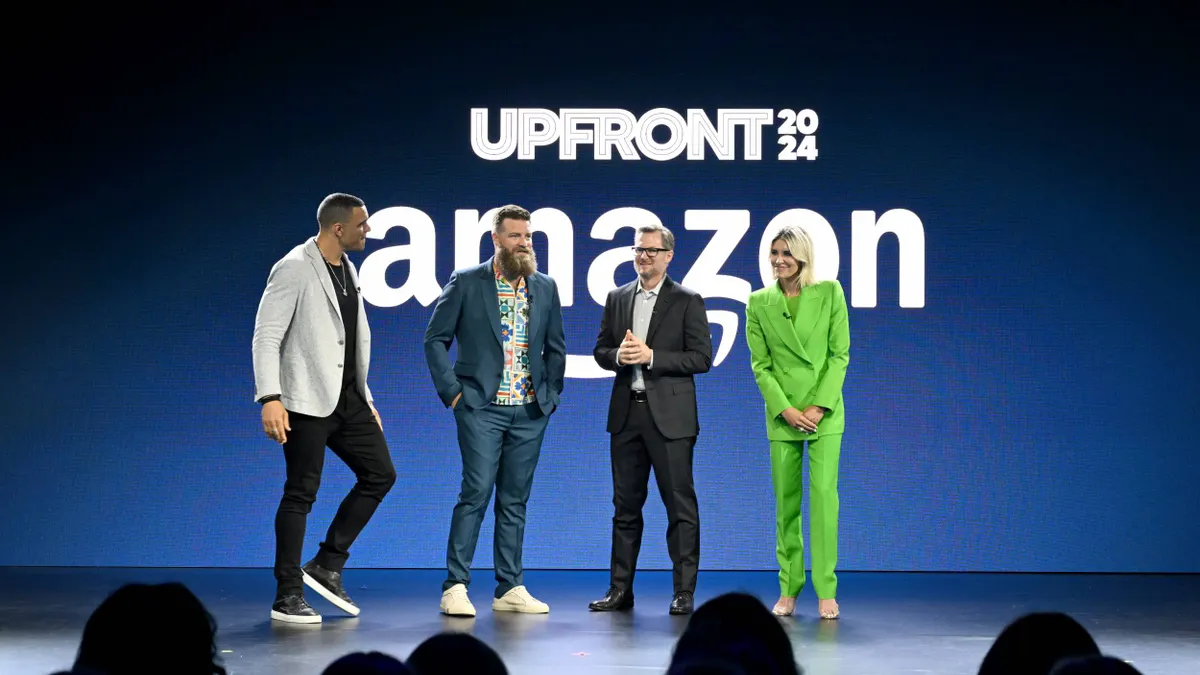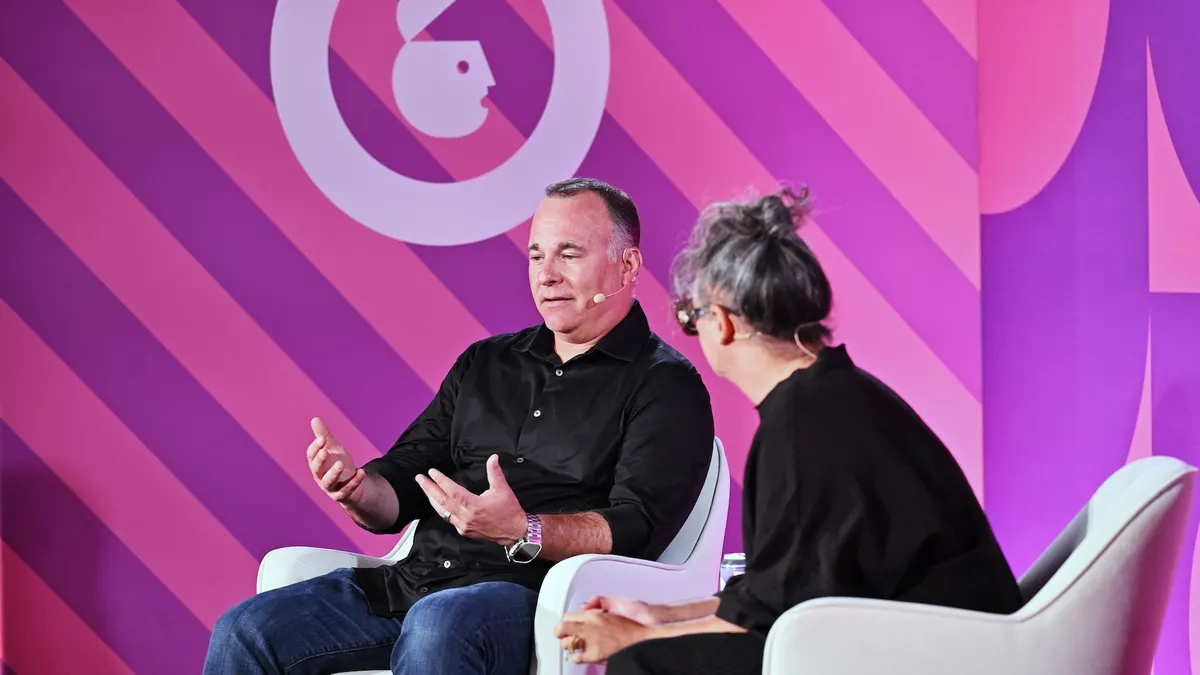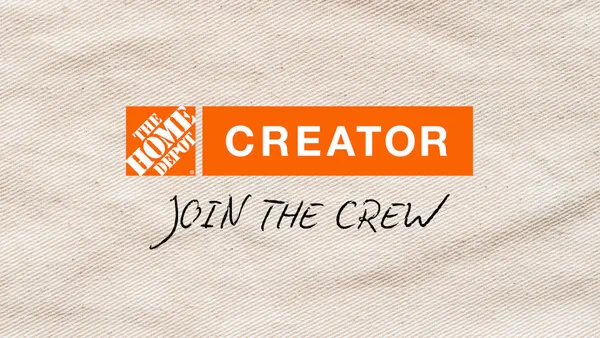The following is a guest post from Catherine Flint, vice president of sales at Kiip.
Mobile couponing sits at the nexus of two consumer megatrends: the rise of mobile-first experience expectations and continued growth in discount-seeking behaviors. As such, it's only natural that marketers are eager to deliver deals to customers and prospects on their most personal devices. For many brands in the retail space, this is a straightforward marketing proposition via mobile couponing. But for CPG brands, the mobile limitations around manufacturer coupons remain a tremendous headache.
For CPG companies, a comprehensive mobile solution for manufacturer coupons hasn't come to fruition yet. Because these coupons function more like vouchers or checks than simple discounts, these coupons can't be designed for use directly from a mobile device. For the most part, they still require printing — an action that many consumers abandoned years ago alongside their landlines. Unless a CPG brand sets up a coupon promotion directly with a retailer or runs a cash-back-style offer via a niche app like Shopkick or Ibotta, mobile is typically off the table for couponing campaigns.
That said, CPG brands shouldn't just throw up their hands in frustration when it comes to connecting with mobile-minded shoppers. There are several creative ways these brands can get deals and discounts into shoppers' hands while still leveraging mobile's unique capabilities. Let's take a look at a few.
Driving in-store visits
In planning a mobile shopper marketing strategy, CPG brands should think beyond coupons to consider the broader scope of promotions available in-store. For example, if a brand is offering a buy-one-get-one promotion in select stores, they can leverage mobile advertising to drive customers into stores to seek out that specific promotion.
The beauty of this approach is that it can take advantage of mobile's unique geofencing superpowers. By understanding where consumers are in proximity to participating stores, CPG marketers can ensure the following:
- Their ads are delivered only to consumers living near or passing by a participating location.
- They can track which people actually enter the store after seeing the promotion. This way, ad spend efficiency is greatly increased, and learnings can be applied to future efforts.
Focus on m-commerce
Of course, not all mobile discounts must focus on driving foot traffic. CPG brands can also encourage m-commerce and e-commerce sales of their products via major retailers' websites. This can be as simple as delivering an ad experience that delivers a code or preloaded coupon for a product on Walmart.com or other retail partner. If you can make the experience compelling and seamless, consumers will be more than happy to put your discount to use — and the results will be infinitely trackable.
Unique shopper data
Finally, when it comes to mobile shopper marketing, CPG brands must be aware of the unique data sources currently emerging in this realm. For example, marketers can partner with companies that offer exclusive data from shopping list apps, which can enable them to target ads and promotions to users who have a given product on their shopping lists at that moment. It's an incredibly powerful way to reach shoppers that are already in the mindset to make a certain purchase.
Despite the challenges around mobile couponing for CPG marketers, mobile-first shopper marketing still represents a tremendous opportunity for these brands. The above tactics are worthy of exploration as marketers look for unique ways to connect with the value-driven mobile consumer.











